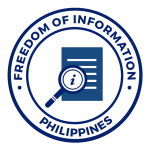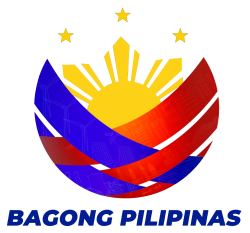 Water Research and Development Center and Smart Water Infrastructure and Management Center conducts in-depth training on the use of the Water Evaluation and Planning Model (WEAP)
Water Research and Development Center and Smart Water Infrastructure and Management Center conducts in-depth training on the use of the Water Evaluation and Planning Model (WEAP)
As the project WATER SECURITY IN CAGAYAN RIVER BASIN: Assessment of Impact of Present and Future Climate to Water Resources and Demands for Agriculture, Domestic and Industry using the Water Evaluation and Planning (WEAP) Model is nearing its end, a knowledge transfer activity was conducted by the Water Resources Development Center (WReDC) and Smart Water Infrastructure and Management (SWIM) R and D center staff for an in-depth training on the use of Water Evaluation and Planning Model (WEAP) last November 23-25, 2022 at the Pamegafanan Hall, NEDA2, Regional Government Center, Carig Sur, Tuguegarao City, Cagayan.
The training was participated by the NEDA 2 designated technical staff of each division. It started by an opening remarks and messages from the NEDA Region 2 Assistant Regional Director Engr. Ferdinand Tumaliuan and Engr. Christinee Gaay Liberato. The training proper started with a lecture on the WEAP introduction and overview and by Engr. Tristan Janryll Mata. The participants already have their WEAP application registered and installed since the team sent a guided instruction on the installation of the WEAP model prior to the training.
The next part of the training was facilitated by Engr. Liberato in which she discussed WEAP-in 1 hour, an appreciation activity on the concept of the model. The participants were taught about the basic tools of WEAP such as creating an area, setting its general parameters, adding elements to the schematic as well as inputting its corresponding data. The training on the first day concluded with a brief activity in a sample WEAP simulation.
On the second day of the training, Engr. Elmer Rosete lead the training by discussing the actual modelling done in the Magat Subbasin, he started his lecture with the calibration and validation of the WEAP model. After which was the simulation of the scenarios by considering situations such as population growth, climate change and additional LGUs as water users in the subbasin that may affect the water resource supply and demand in the basin. The second day of the training concluded with an open forum of the participants and the resource speakers in which they discussed and shared their experience on the WEAP modelling and for possible studies later on.
The last day was the output presentation of the participants. This is also to assess their understanding on the WEAP Model simulation of scenarios.




